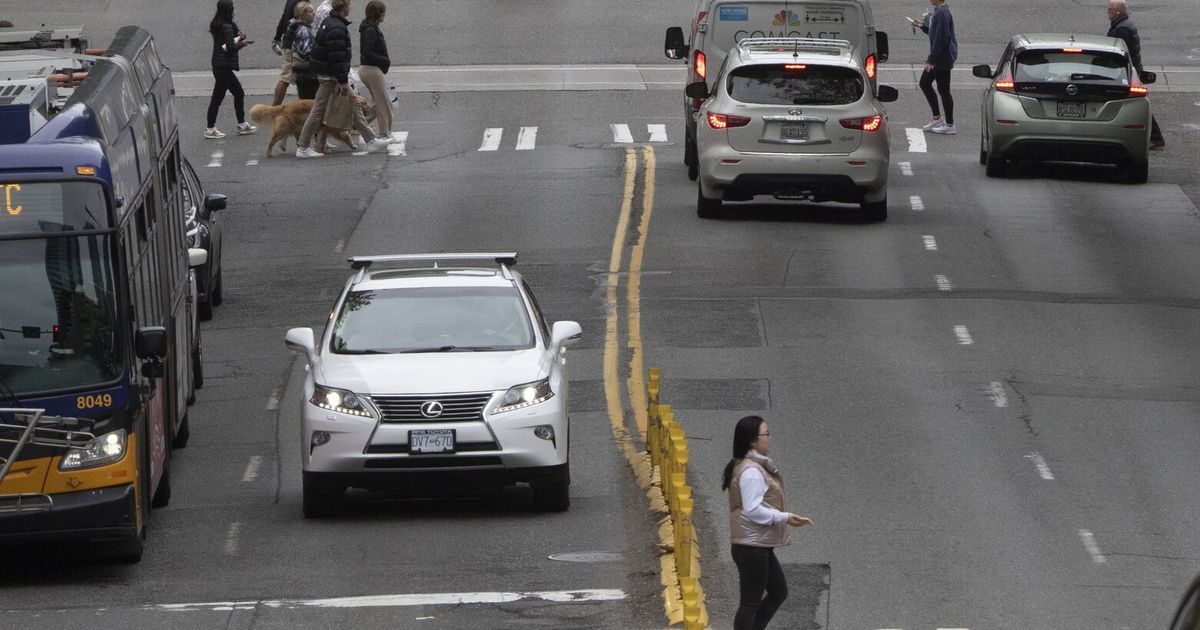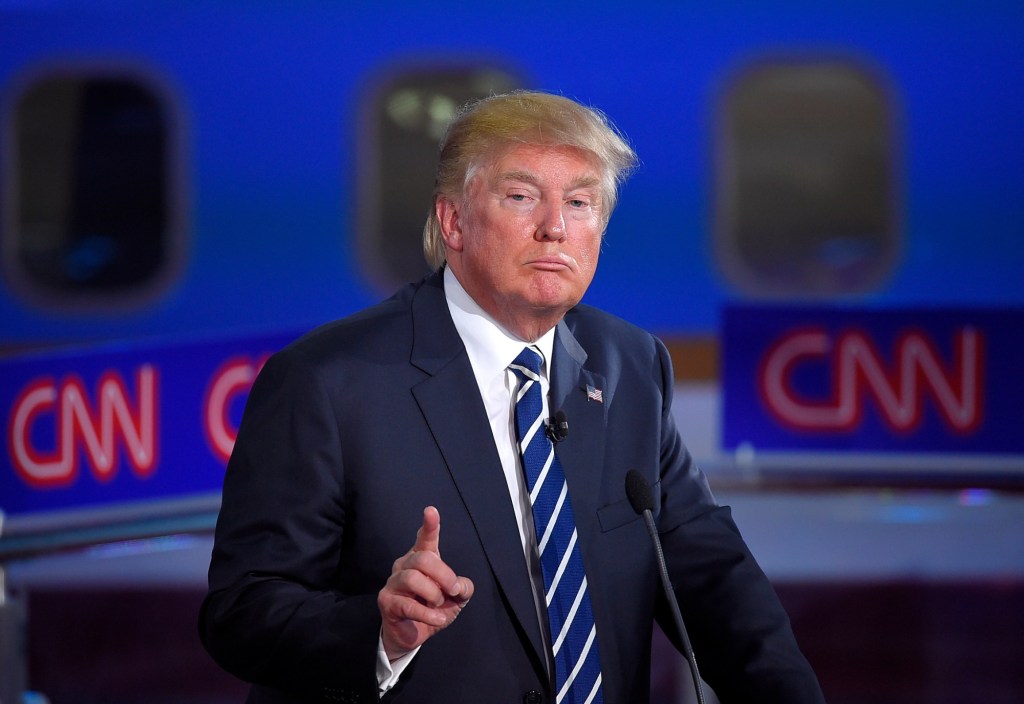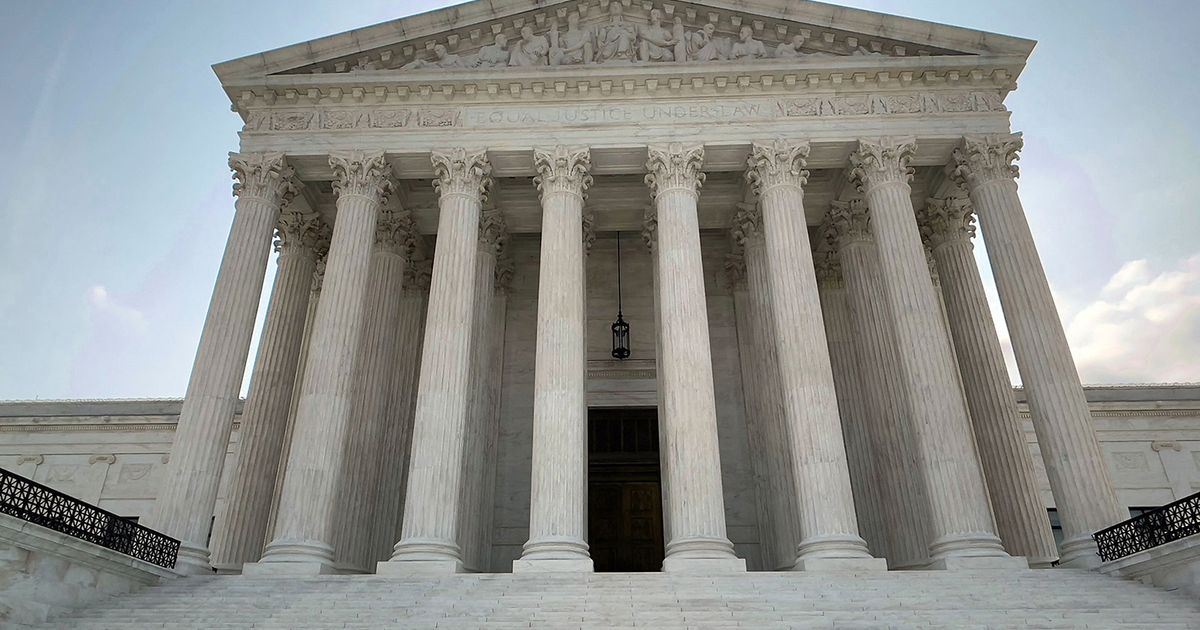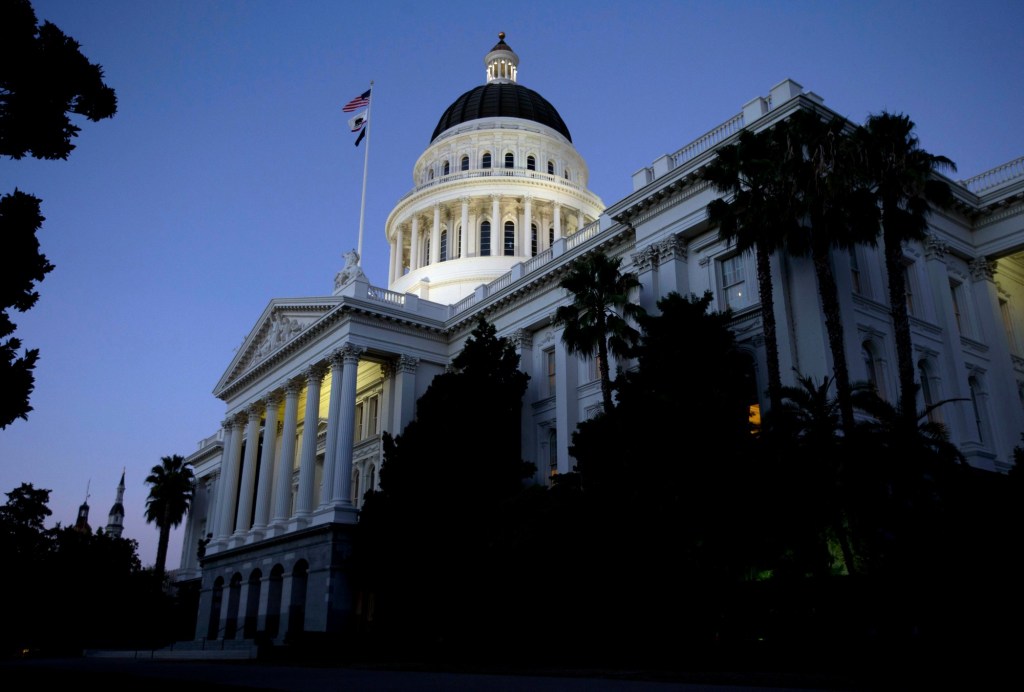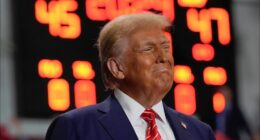It’s a truism in native politics: Relating to property tax levies, the larger the ask, the extra goodies should be included within the bundle to win particular curiosity help.
At $1.45 billion, the eight-year Seattle transportation levy is a really large ask. Now, the Seattle Metropolis Council should undergo Mayor Bruce Harrell’s proposed measure and make sure that it strikes the correct stability between being politically palatable whereas truly fixing native streets. If the council decides to place town’s largest property tax hike in historical past on the poll, it could go earlier than voters in November.
The plan on the desk leaves rather a lot to be desired.
A 2020 report by the Seattle Division of Transportation discovered that 58% of arterial streets have been in honest, poor or very poor situation. About 50% of non-arterial streets match these descriptions.
Simply to keep up present situations, about $520 million (in 2020 {dollars}) should be spent on arterial paving initiatives over eight years, the SDOT research discovered.
Harrell’s proposal contains $350 million “to repave main corridors, representing probably the most traveled places the place streets are in poor situation, whereas additionally making Full Avenue enhancements that ship security, freight, transit, bike, and other people avenue advantages.”
The inclusion of “Full Avenue” enhancements is vital. Which means as a substitute of merely repaving, SDOT is designing and constructing brand-new infrastructure — pushing up prices and limiting the variety of street miles which can be truly improved.
Backside line: After $1.45 billion, it’s doable Seattle streets could possibly be in worse situation than they’re as we speak.
Harrell’s levy proposal would spend $162 million “to make focused and community-requested Imaginative and prescient Zero security enhancements to streets, sidewalks, intersections, and crossings to cut back site visitors collisions, extreme accidents, and fatalities.”
Nobody could possibly be towards safer streets, proper? However accidents and fatalities aren’t at all times the fault of streets. Typically it’s the politicians.
A recent Seattle Times story famous a pointy rise in automotive thefts after the Legislature restricted police pursuits in 2021. That coverage was amended earlier this 12 months, however criminals behind the wheel of stolen vehicles all too typically smashed into different vehicles, buildings and other people. That’s not a transportation downside. That’s a regulation enforcement downside.
Harrell additionally desires $114 million to develop Seattle’s protected bike lane community, a $20 million improve from his first draft. Is that this an inexpensive quantity, or simply sufficient to purchase off the highly effective bike foyer?
A recent poll by the Seattle Metropolitan Chamber of Commerce (which helps Harrell’s levy proposal) confirmed almost two-thirds of respondents have been involved about their private monetary state of affairs. As affordability turns into a rising concern, Metropolis Corridor should take into account the influence of the transportation levy on property homeowners, renters and small companies.
Council Transportation Committee Chair Rob Saka, who’s main the evaluation course of, mentioned he’s in search of a stability: “On one hand, we want a levy bold sufficient to make sure that we now have protected, dependable and environment friendly transportation infrastructure, not only for as we speak, however for many years to return. Then again, we should be programmatically exact with this funding, optimizing our investments to the areas of best want and influence.”
The council’s Choose Committee on the 2024 Transportation Levy is scheduled to carry conferences and public hearings six instances earlier than the final one on July 2.
Voters should ask their representatives a easy query: For $1.45 billion, will Seattle get higher streets or a hodgepodge of enhancements that go away rather a lot to be desired?
Source link
